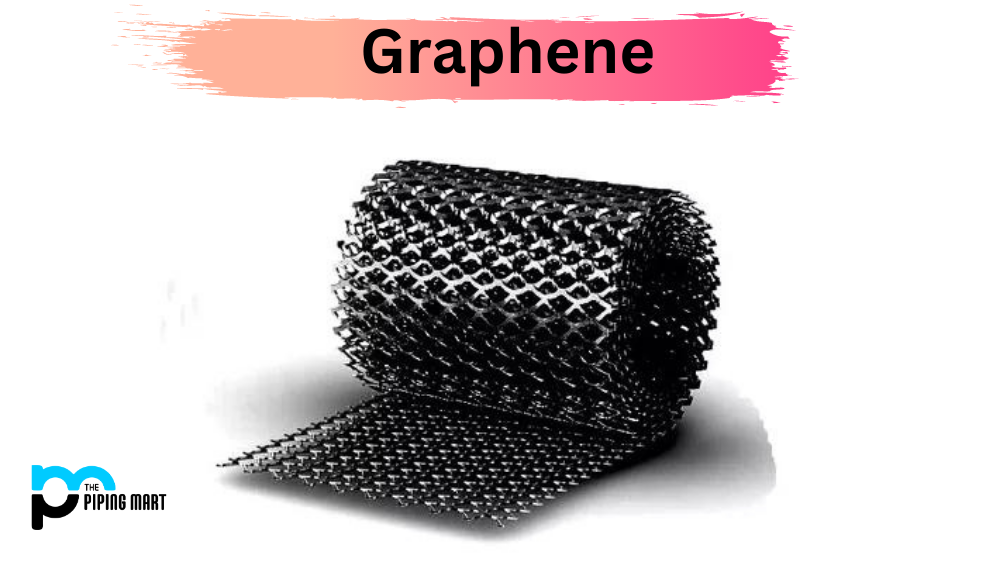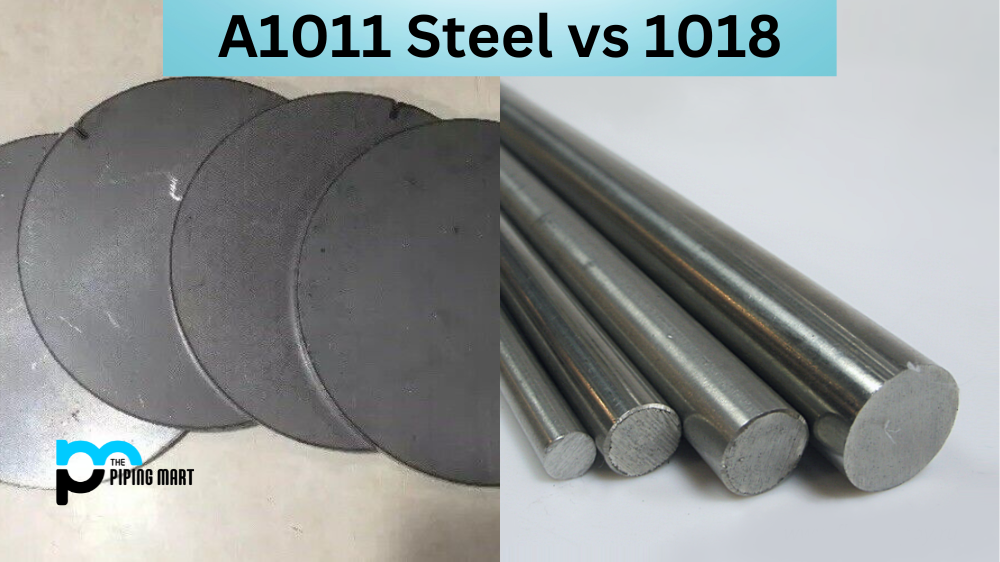If you’ve ever heard the term “graphene,” it’s likely because it’s been referred to as a revolutionary material that could revolutionize many industries. But what is graphene? It is an allotrope of carbon that is as tensile as steel but significantly lighter, making it an attractive choice for many applications. Let’s explore the properties and potential of this incredible material.
What Is Graphene?
Graphene is a two-dimensional carbon lattice made up of hexagonal rings and arranged in a honeycomb structure. It’s considered the strongest material ever discovered and is 200 times stronger than steel, yet six times lighter. In addition to being lightweight, graphene also has extraordinary electrical, thermal, optical, and mechanical properties that make it extremely versatile.
Graphene properties
Because of its strength and versatility, graphene has the potential to revolutionize many industries. For instance, its high electrical conductivity makes it ideal for use in solar cells or energy storage devices such as batteries and supercapacitors. Its extreme lightness also makes it perfect for use in aerospace applications like airplanes and satellites, where weight reduction can increase efficiency significantly. Additionally, its superior mechanical properties make it ideal for structural materials like bridges or buildings, with greater stability than traditional materials such as steel or concrete.
Graphene uses
Electronics
One of the most promising applications for graphene is in the realm of electronics. Graphene is an excellent conductor of electricity, and it is also extremely flexible, making it ideal for use in a variety of electronic devices. Researchers are currently working on developing graphene-based transistors, which could be used to create faster and more energy-efficient computers.
Sensors
Graphene-based sensors are also being developed that could have a wide range of applications. For example, graphene sensors could be used to detect toxins in food or water, or to monitor air quality. Additionally, graphene sensors could be used in medical applications, such as detecting cancer cells or monitoring blood sugar levels.
Solar Cells
Graphene could also be used to create more efficient solar cells. Solar cells convert sunlight into electricity, and current solar cell technology is not very efficient. However, graphene-based solar cells could be much more efficient, as graphene is an excellent conductor of electricity. This would mean that more of the sun’s energy could be converted into electricity, making solar power a more viable option for meeting our energy needs.
Water Filtration
Graphene can also be used to create filters that are capable of removing impurities from water. Current water filtration methods are not very effective at removing all impurities from water, but graphene filters could potentially remove all impurities, including viruses and bacteria. This would have a significant impact on public health, as access to clean water is essential for preventing disease.
Desalination
Graphene can also be used to create membranes that are capable of desalinating seawater. Desalination is the process of removing salt and other minerals from seawater, and it is currently a very energy-intensive process. However, graphene membranes could potentially make desalination much more efficient, as they would allow salt and other minerals to pass through while blocking out water molecules. This would make it possible to provide clean drinking water to areas that do not have access to fresh water sources.
Batteries
Graphene can also be used to create batteries that are smaller, lighter, and more efficient than current battery technology. Graphene batteries would have a higher energy density than current lithium-ion batteries, meaning that they could store more energy in a smaller space. Additionally, graphene batteries would be able to charge and discharge faster than current batteries
Future Of Graphene
Though graphene has already shown great promise in many areas, there are still some challenges that need to be addressed before its potential can be fully realized. For instance, scientists are still working on ways to mass-produce graphene at lower costs so that it can be used more widely in industrial applications. Additionally, researchers are looking into ways to create composite materials by combining graphene with other materials like ceramics or polymers to further improve their properties and performance in specific applications. As these challenges are overcome in the future, we may see more widespread uses of this remarkable material across numerous industries.
Conclusion:
Graphene is an incredible allotrope of carbon that has extraordinary electrical, thermal, optical, and mechanical properties making it suitable for numerous industrial applications from energy storage devices to structural materials like bridges or buildings due to its exceptional strength-to-weight ratio compared to traditional materials such as steel or concrete. Though there are still some challenges that need to be addressed before its potential can be fully realized (e.g., mass production at lower costs), scientists are working hard on new research initiatives that could eventually unlock the full power of this revolutionary material in various industries throughout the world. With any luck (and a lot of hard work), we may see graphene become ubiquitous sooner rather than later!

Pipingmart is a B2B portal that specializes in metal, industrial and piping items. Additionally, we share the latest information and information about materials, products and various types of grades to assist businesses that are involved in this business.




